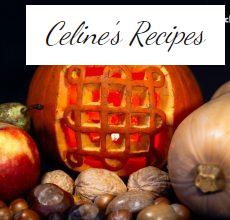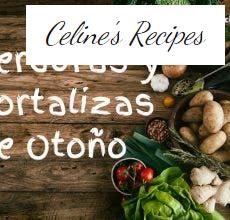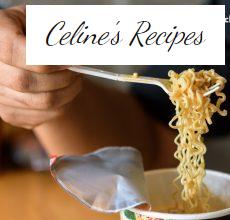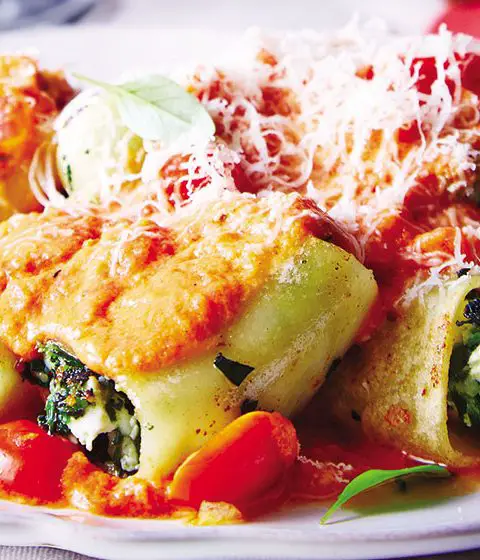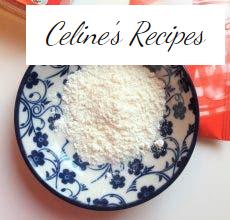Corvina: benefits and properties .
You will know it for ceviche and for what ceviche is not, corvina is a very tasty and nutritious white fish that I want to tell you a little more about today so that you know it well.
In our gastronomy this ” peixe ” is considered a delicacy for its flavor and versatility. It can be cooked in many different ways, making it a very grateful fish in the kitchen.
Of course, its firm and delicate texture requires love, care and a minimum knowledge when preparing it. A trick? When you order corvina in your market or fish shop, always ask for it without casing, so it will be much easier to cook it.
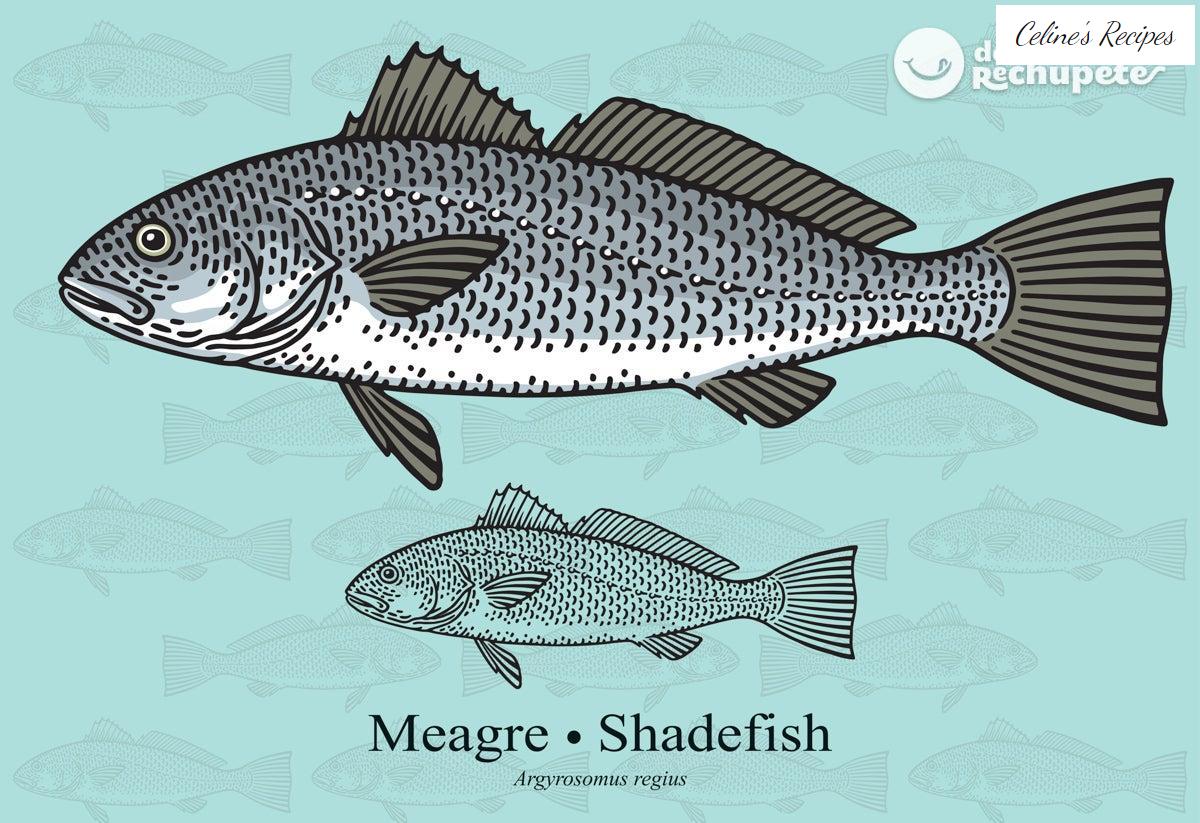
What is it? Where does it come from
Corvina is a very voracious fish that feeds on crustaceans and mollusks . It is a euryhaline spice , that is to say, not very susceptible to salinity, whose young specimens prefer low levels of salinity and areas of high vegetation.
Currently we can also find aquaculture croaker. Quite an advantage for those responsible for cooking at home, since they can always be found in markets and fishmongers.
In this way, there is no longer an excuse for not including foods with a high nutritional value in the diet and overcoming the small obstacles that arise in summer when preparing varied and balanced dishes for the whole family.
Depending on its size, the weight of the croaker varies a lot and we can find pieces from 1 to 50 kilograms, which can measure up to two meters, there is nothing!
Its body is slender, dark silver gray and with the top of the fins in brownish red. And it has a wide round mouth.
It is a well recognized fish also in sport fishing.
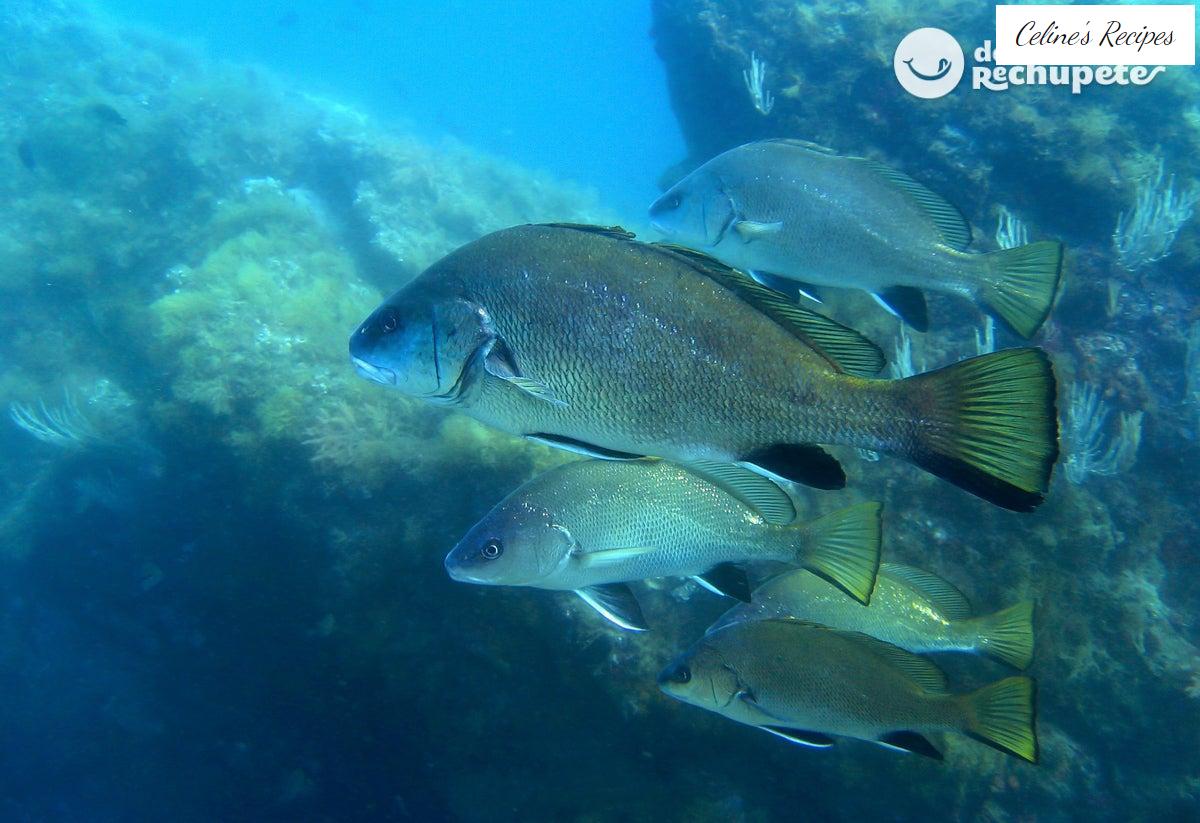
Corvina properties
As I was saying, corvina is a highly valued fish in our kitchen. Its meat, tasty and smooth, makes it a real delicacy. Also, if that were not enough, it is very low in fat and rich in omega3 . What more could you want!
Formerly in the south of Spain and Portugal it was common to find pieces of jewelry made from corvina bone, did you know? Apparently it was good luck according to the Phoenicians and the bigger the croaker, obviously, the bigger its bone.
In addition magical properties were attributed to it but as we know its true qualities are culinary.
Corvina contains less than 2% fat and has (as I already mentioned) a great contribution of omega 3 acid, phosphorus, iron and calcium.
It has less than 90 calories per 100 grams and is ideal for any low fat diet and the prevention of cardiovascular problems.
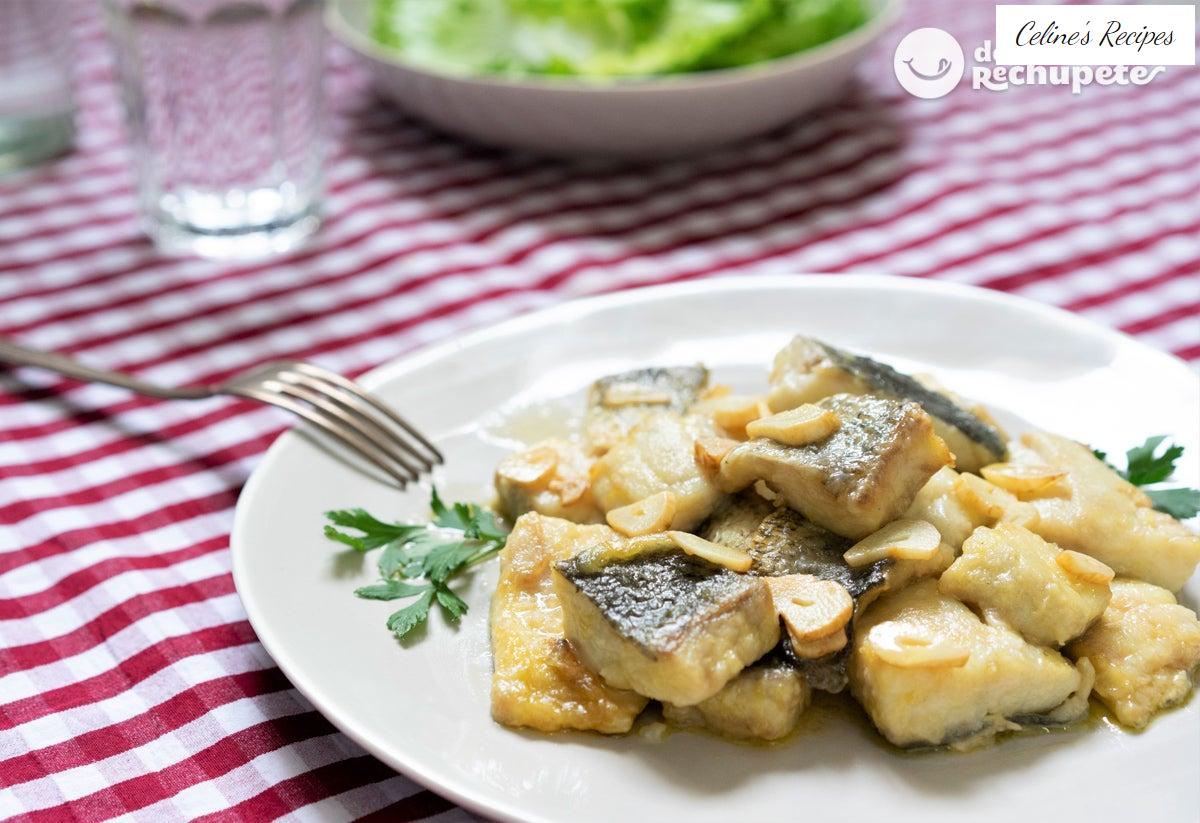
Corvina cuisine . Our best recipes
- You can make it in the oven , on the grill or on the grill, in sauce or in papillote, with garlic or with salt, but I like it the most it is … guess what: Ceviche!
- The traditional Peruvian ceviche is made with this wonderful fish and now in the summer with the heat, making ceviche at home is a real delight.
- I invite you to try and enjoy, as much as I do, this white, soft and rich fish.
Did you like it? Share it!
Share Tweet Pin it To print
Receive a weekly email with new recipes and yummy recommendations.
Think of Pixels SL as the owner of Recetasderechupete.com, it will use the data you provide in this form only to send you blog updates. We treat your data with respect. For more information see the Privacy Policy . You can change your mind at any time and unsubscribe by clicking on the footer of any email you receive from this website, or by contacting [email protected]. Yummy recipes use Mailchimp as a platform for sending emails. Mailchimp is covered by the EU-US Privacy Shield agreement, approved by the European Data Protection Committee. By submitting this form you agree that your data will be transferred to MailChimp to process it in accordance with its Privacy Policy .
If you liked this article you will like:
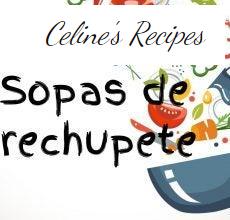
Our best soups and creams. Practice ‘souping’
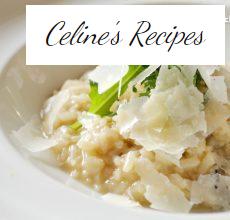
Risotto. History, curiosities and our best recipes
